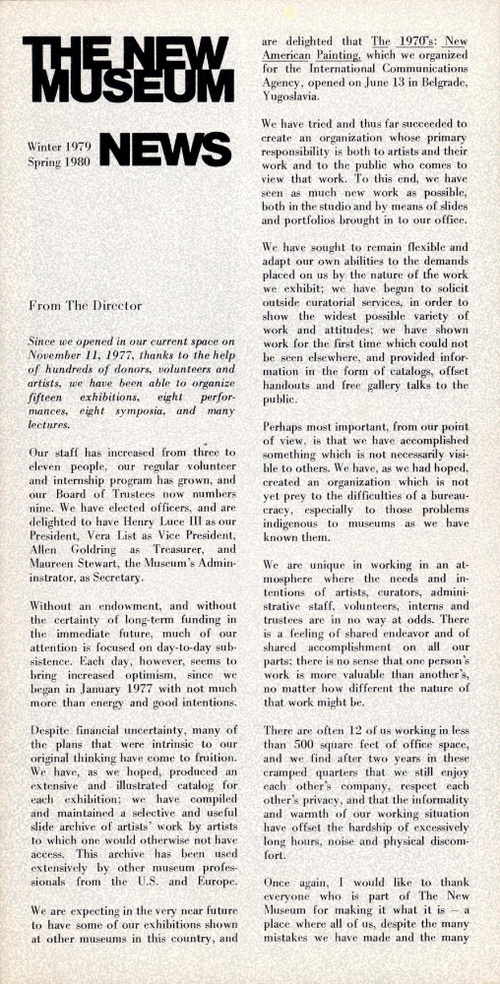Ree Morton: Retrospective 1971 – 1977
Ree Morton: Retrospective 1971 – 1977




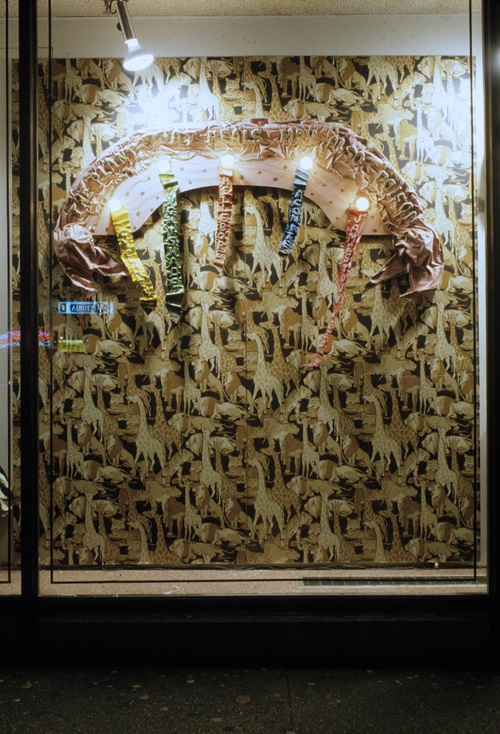


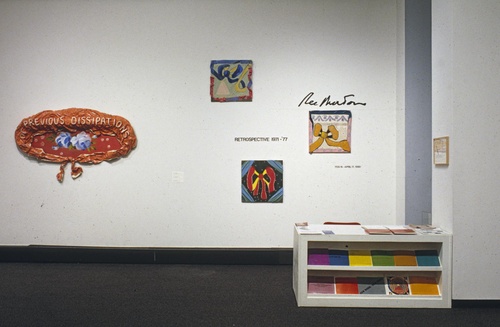
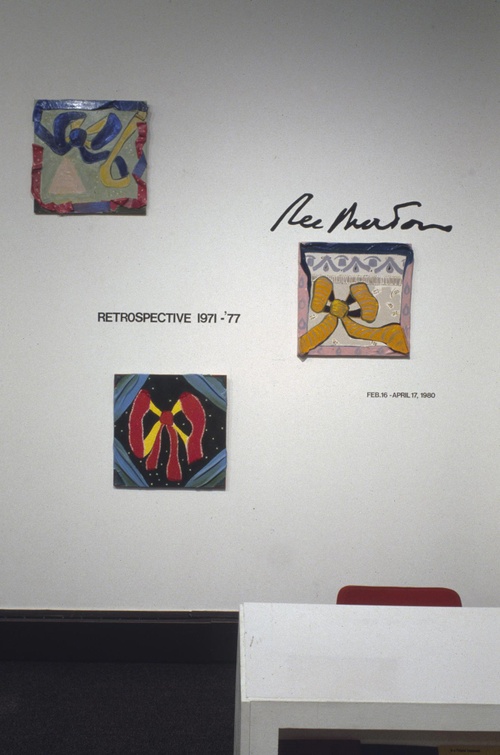


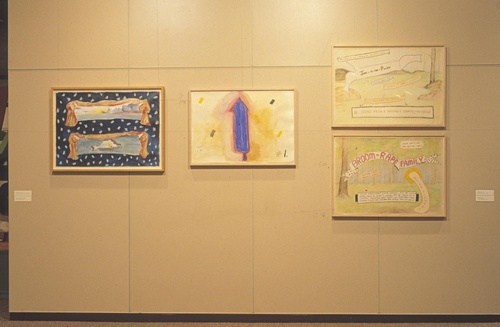




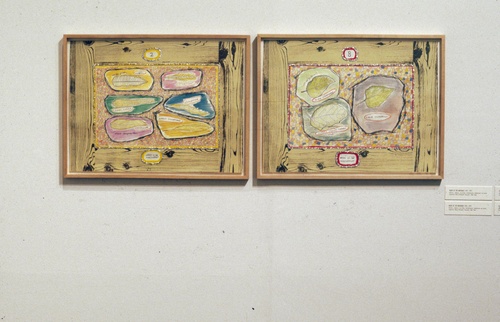

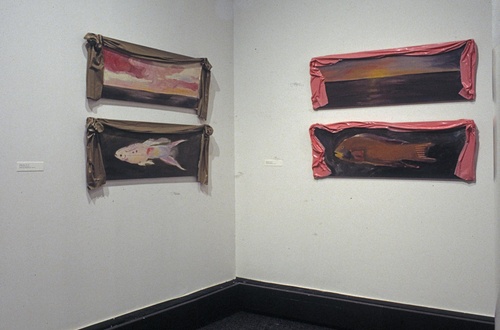

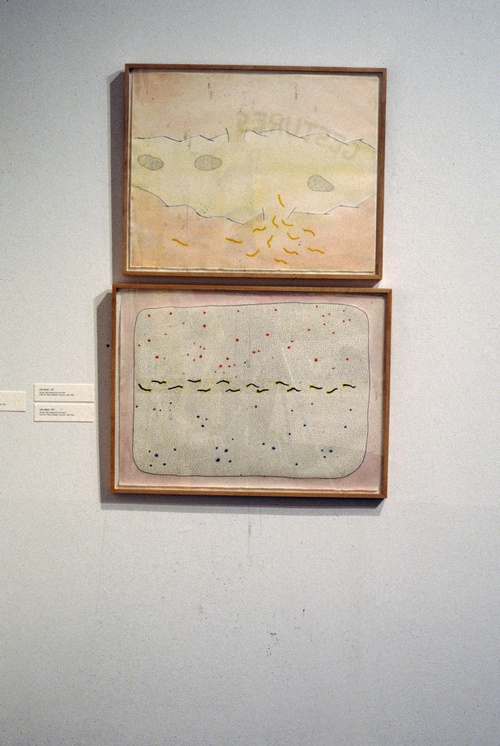
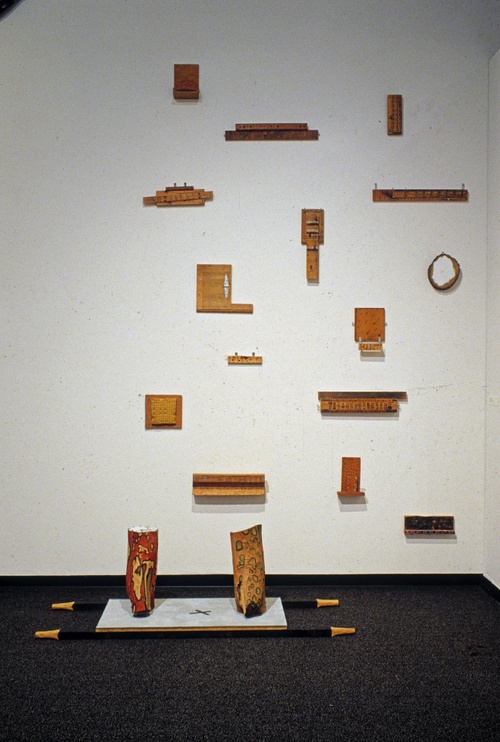

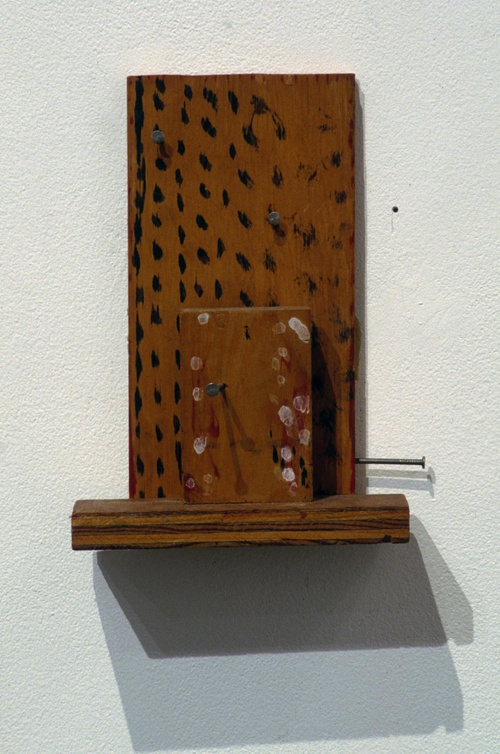

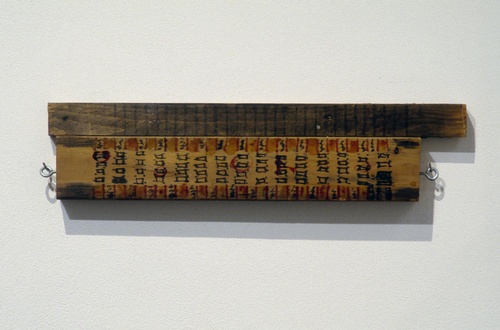


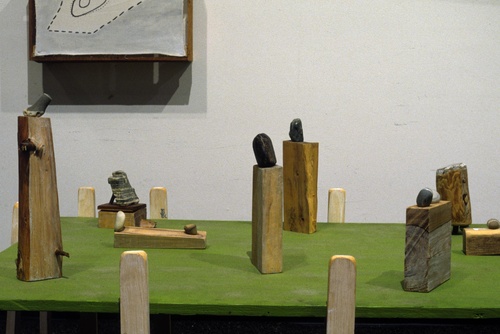



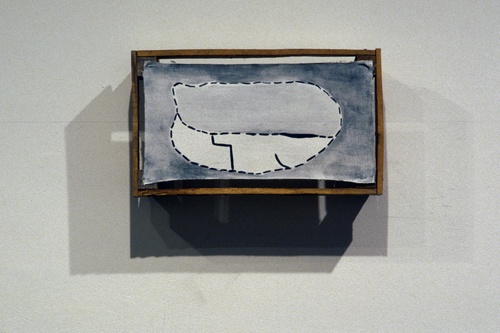
























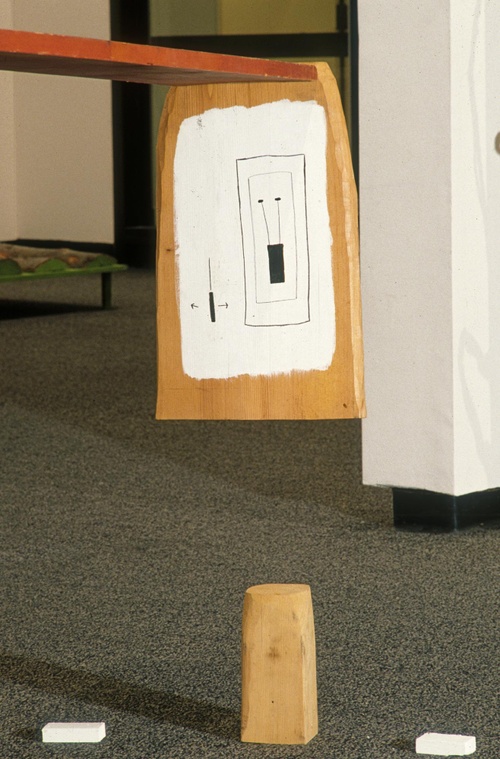













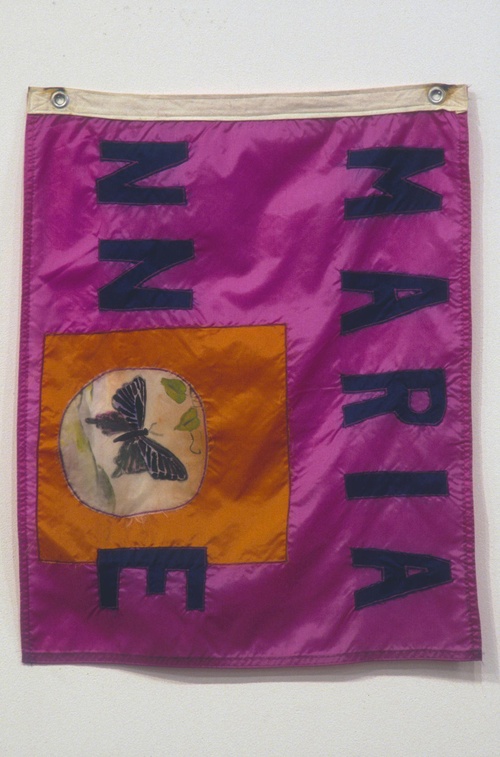
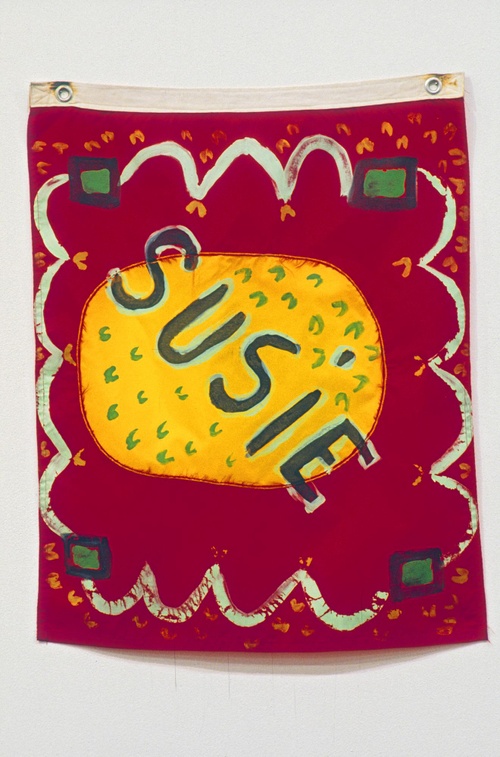


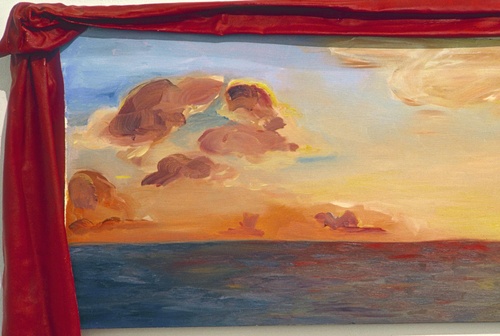


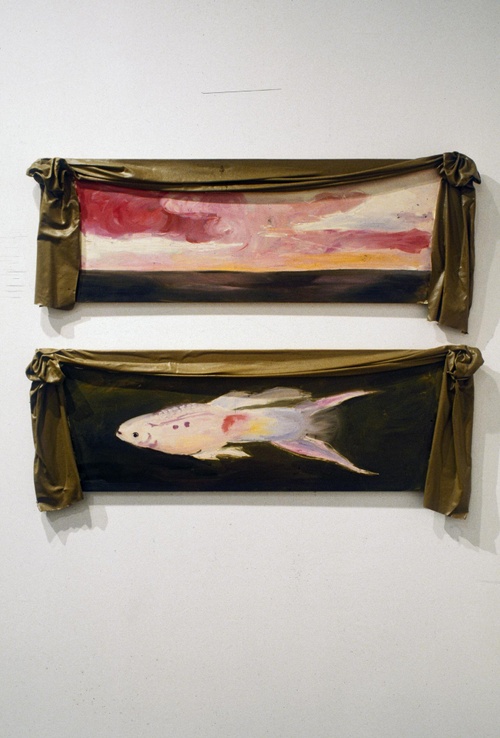

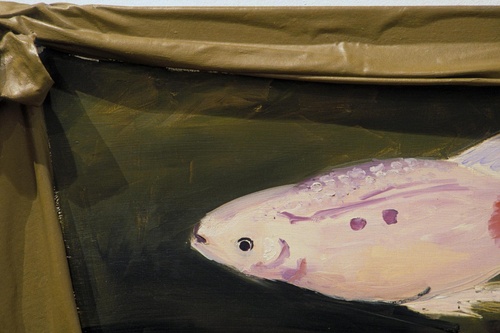








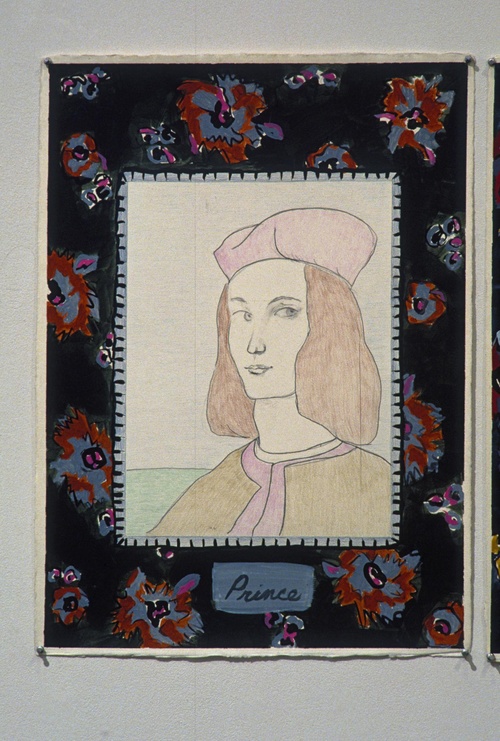


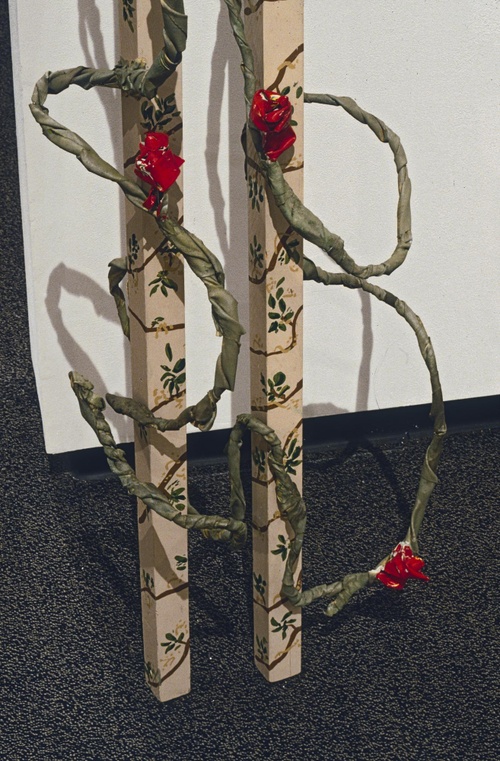
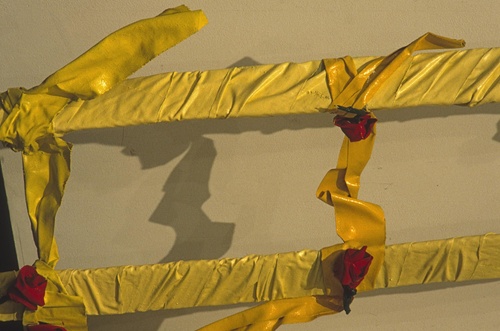




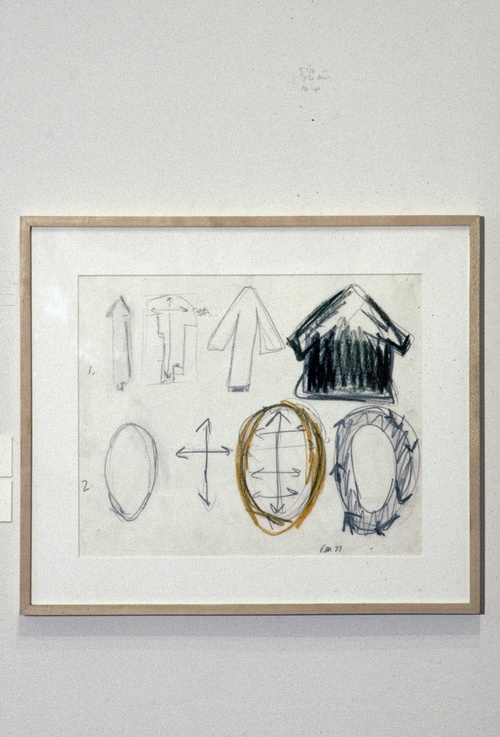







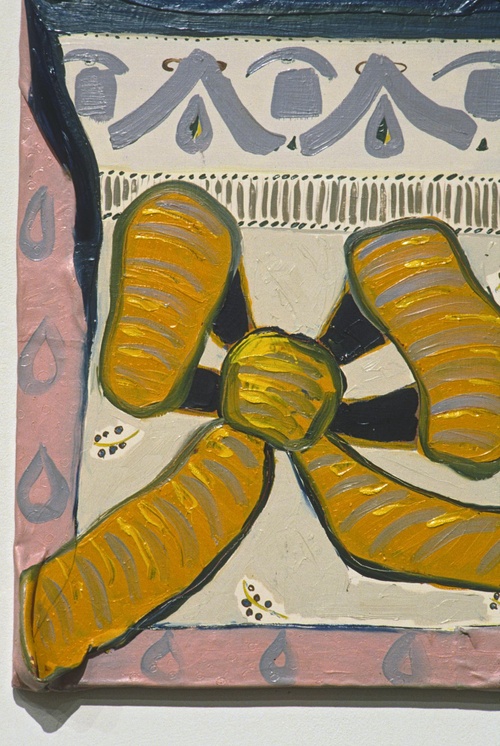
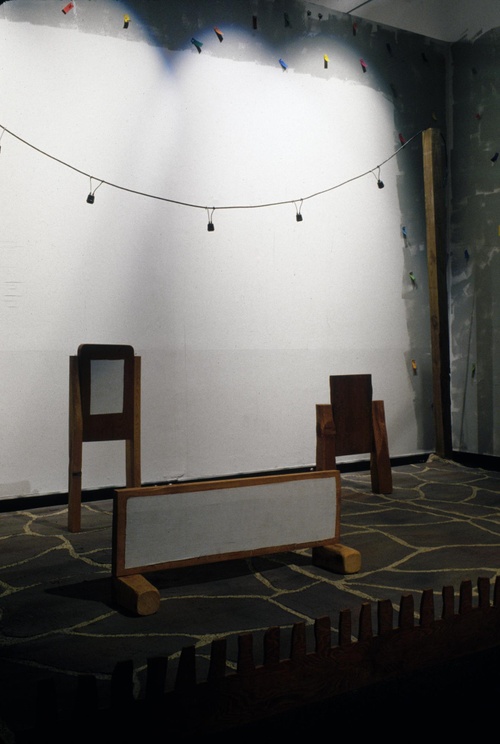
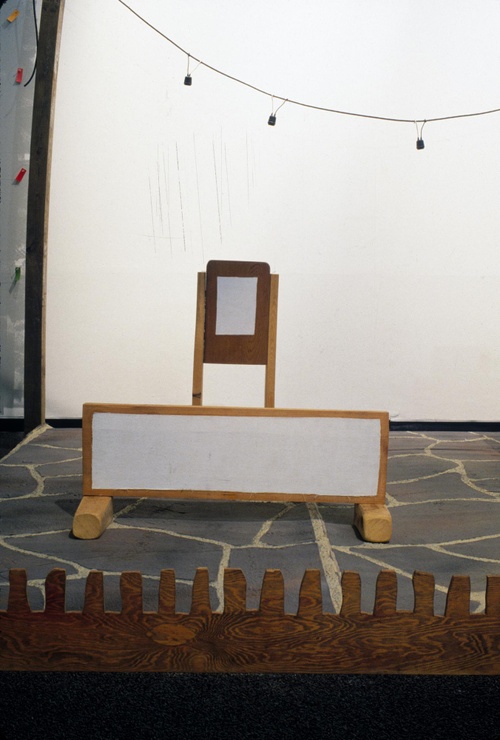
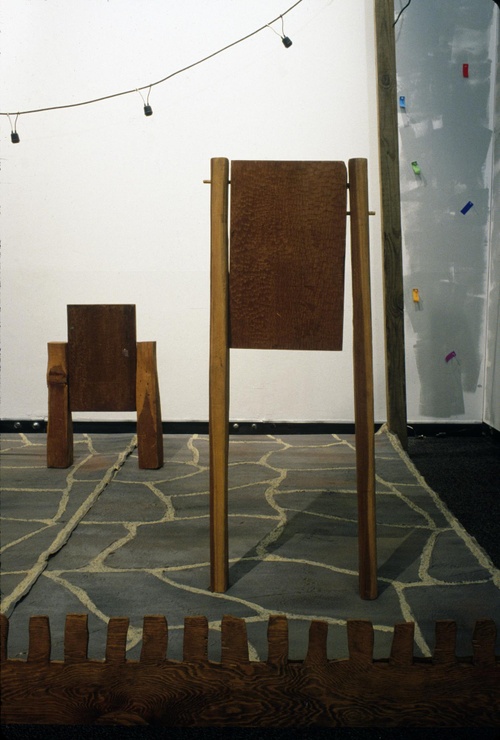


































































































































































































































































































































































































































































































































































































































Ree Morton: Retrospective 1971 – 1977 Organized by Allan Schwartzman and Kathleen Thomas Traveled to Contemporary Arts Museum, Houston; University of Colorado Museum, Boulder; Albright-Knox Art Gallery, Buffalo, NY; Renaissance Society at the University of Chicago “Although Ree Morton is no longer with us, ideas and energies found in the extraordinary body of work she left behind are a living, vital force, continuing to make a real difference to all who come in contact with them. This exhibition provides an opportunity for the public to see for the first time the full range of Morton’s visual investigation, and to share, through the writings of those who knew and loved her, a sense of the artist herself.” -Ree Morton catalogue. “Ree Morton Retrospective 1971-1977 is a marked deviation from the Museum’s stated policy of showing the work of lesser-known, living artists. Ree Morton’s tragic death, in the spring on 1977, cut short an important and influential career. Although making art for only 10 years, she left us with a substantial body of work spanning broad and diverse means of expression, work that has added immeasurably to the esthetic heritage of our generation. Her intensely personal explorations and inquiries extend to a wide spectrum of universal human idea and concerns. Irreverent of traditional art categories, Morton ignored the boundaries between painting, sculpture and mixed media installation, exploring instead realms of emotion, myth and drama. …Among the many painting constructions, drawings and installation works included in The New Museum’s exhibition are the following: Wood Drawings, a 1971 group of pieces using found wood, hardware and felt tip pen, exemplify Morton’s facility with available materials, as do her 1971 installations—intricate orderings of logs, other lumber and renderings that orchestrate space in imaginary, complicated ways. There extremely complex, large-scale installations which develop literary or narrative themes are also included: Sister Perpetua’s Lie, 1973, first shown at the Institute of Contemporary Art in Pennsylvania; Souvenir Piece, originally installed at Artists Space in 1973; and To Each Concrete Man, 1974, one of her most mysterious, poetic and hermetic works, formerly exhibited at the Whitney Museum of American Art. In 1974 Morton began a long-term use of celastic, a malleable material, which she formed into various drapery –like shapes, these works combine sentimental verbal clichés with embossed flowers, ribbons, banners and bows, all painted in bright, festive colors. The Regional Pieces, 1976, is a series of vertically paired oil paintings of ‘seasets and sunscapes,’ made up of vast ocean vistas and counterpart paintings of close up views of submerged fish, all ‘curtained’ with celastic frames. One of Morton’s most complex visual orchestrations resulted in Signs of Love, 1976, a rococo feast of celastic ladders, curtains, roses, swags, ribbons and small paintings. In its dangerously saccharine theatrical presentation, Signs of Love blatantly both flaunts and celebrates this emotion.” -From The New Museum Press Release
Major surveys

